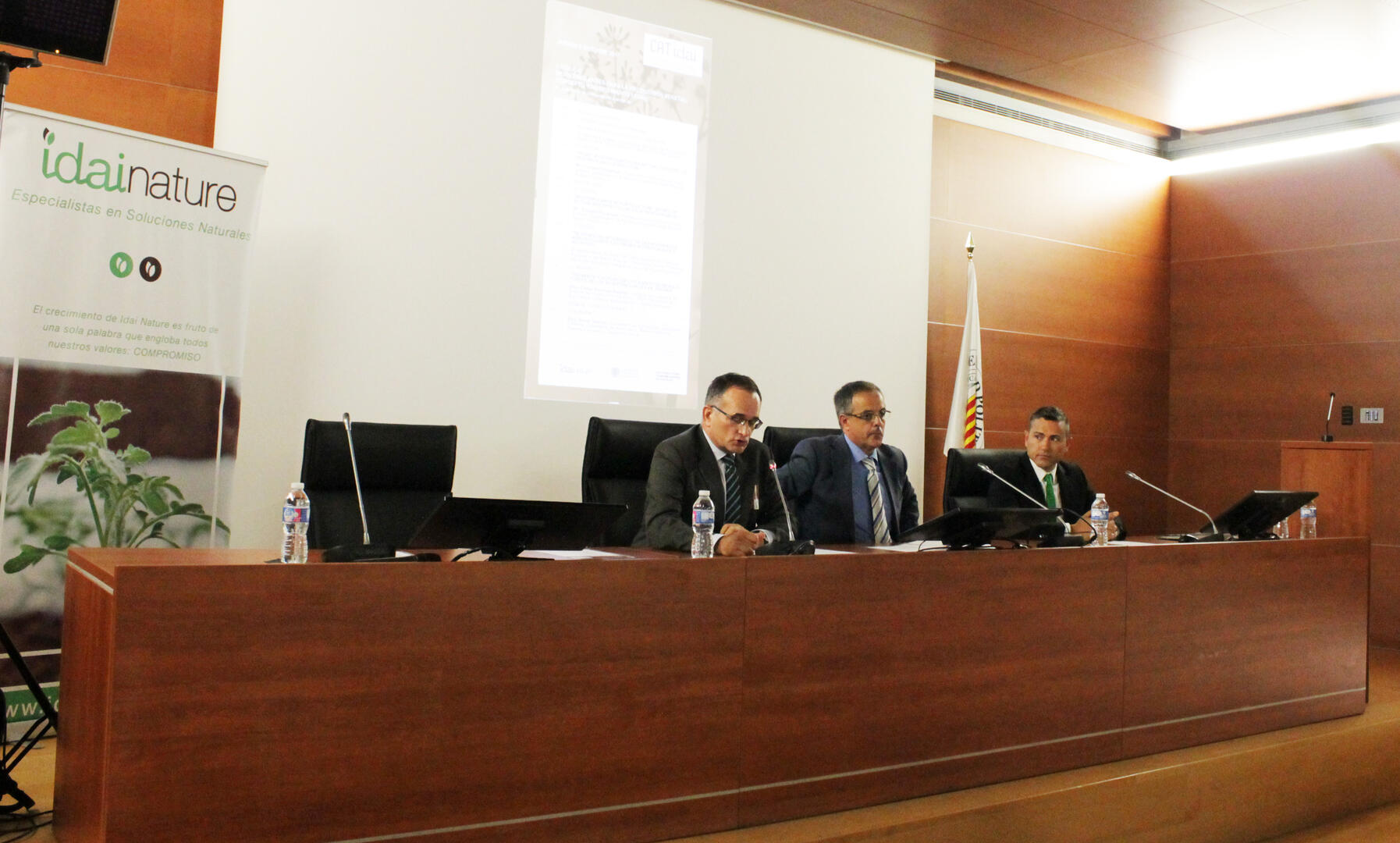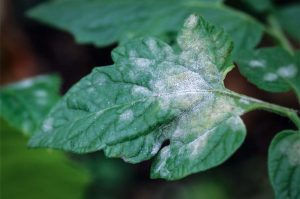[vc_row][vc_column width=”1/1″][vc_column_text]
The Idai Nature Bio insecticides professorship that is being developed at the Polytechnic University of Valencia has organized an event in which the role of bio stimulants for plant production in current and future agriculture has been detailed.
The aim of the day has been to provide with a scientific and legislative view that allows to know and promotes the standard use of this profile of solutions and to glimpse the regulatory scenario for the future.
These are the main conclusions:
1. Since the first definition published in scientific paper by Kauffman in 2007, the term “bio stimulant” has undergone trough different modifications to the present day, described in the EU as “substance (s) and / or micro- organisms whose function when applied to plants or the rhizosphere is to stimulate natural processes to benefit nutrient uptake, nutrient efficiency, tolerance to abiotic stress, and crop quality independently of their nutrient content”.
2. Bio stimulants do not contain active hormones, but macro and micronutrients in small concentrations. Its main active components are amino acids, peptides, soluble carbohydrates, phenols, organic acids and mineral elements, among others.
3. Experts in the field have proposed up to eight different categories of bio stimulants. There are microbial (mycorrhizal fungi and PGPR) and non-microbial, differentiating between organic (extracts of algae, humic acids and hydrolysed proteins) and inorganic (Silicon).
4. Among its main effects we can find the stimulation of the development of the crop, nutrition, increase of the capacity of reaction against an abiotic stress, and improvement of the quality of the fruit. They can present some differences in their composition and effects, depending on the raw material and the production process.
5. Bio stimulation is complementary to crop nutrition and protection, and varies depending on crop, phenological status and environmental conditions.
6. Mycorrhizal plants develop a larger root system, with wider soil exploration, as well as a greater synthesis of amino acids and photosynthetic capacity.
7. Priming and triggered stress are two key factors in the crop defence response.
8. Bio stimulants regulation is complex due mainly to the absence of a specific and harmonized legal framework in the UE or the United States. Although European legislation is available, there are legal contradictions between nations regarding their exact definition.
9. To adjust the regulations, there is currently a proposal for a law decision project in process, and a regulation under discussion.
10. The importance of the role that bio stimulants play in the challenges that global agriculture faces present and future grows day by day.
The event has gathered leading experts in the field: Mr. Youssef Rouphael, professor at University of Naples Federico II, Victor D. Flors professor Universitat Jaume I; Ms. Esther Esteban Rodrigo, Deputy Director General of Agricultural Production Means and OEVV. Ministry of Agriculture and Fisheries, Food and Environment










